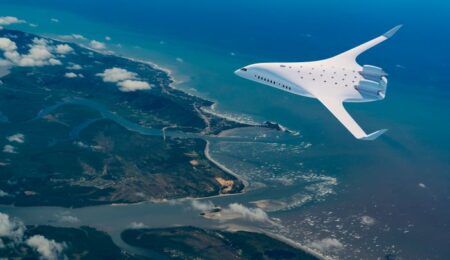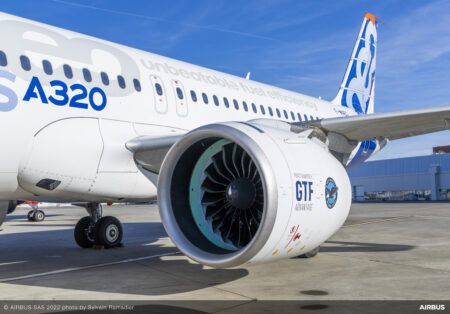With the system development and demonstration phase (SDD) for the F135 engine used in the F-35 Lightning II coming to an end, Arnold Engineering Development Complex (AEDC) has seen a surge in testing at its engine test facility.
According to Mike Dent, deputy director of the Aeropropulsion Combined Test Force (CTF) at AEDC, in preparation for the move to the production phase, there have been three F135 engines in the test cells all at the same time.
“This concurrent testing is due to the Joint Program Office (JPO) working to achieve Milestone C, which means the F135 will be finished with its SDD phase and move on to production,” he said.
Dent explained that the engines were being put through different types of testing and development to fulfill the necessary requirements. “We tested the redesign of the augmentor, or afterburner, of the engine,” he said. “This was done under the war on cost or WOC initiative. WOC initiatives are designed to save money by simplifying the manufacturing process.”
AEDC engineers also tested the redesign of the first stage of the engine fan for the F135 and briefed the JPO on the findings.
Meanwhile, accelerated mission testing was being conducted on an F135 in the AEDC Sea Level 2 test cell.
“Additionally, we had other high priority testing taking place in the ETF (engine test facility) J-1 test cell,” Dent said. “This means continuous running of the plant for altitude testing.”
The ETF therefore needed to supply the test conditions for an altitude test while simultaneously providing those for a sea level test at increased Mach numbers.
The implementation of concurrent testing takes significant up-front coordination, but is advantageous in many ways, according to Aeropropulsion CTF leadership at AEDC.
“The major advantage is increased throughput while at the same time you save on both schedule and budget due to economies of scale,” Dent said.
Testing of the F135 at AEDC was completed in June to meet the JPO deadline.




